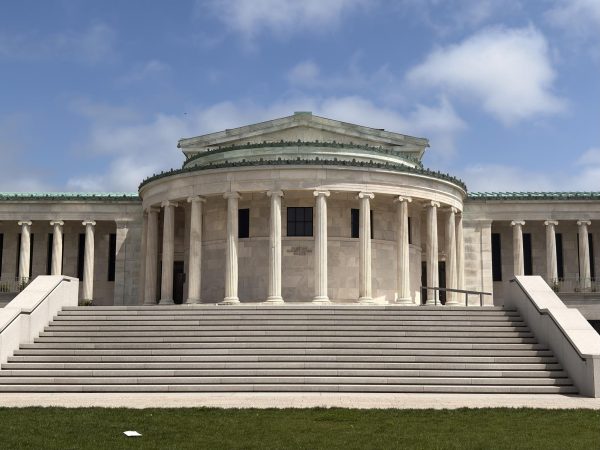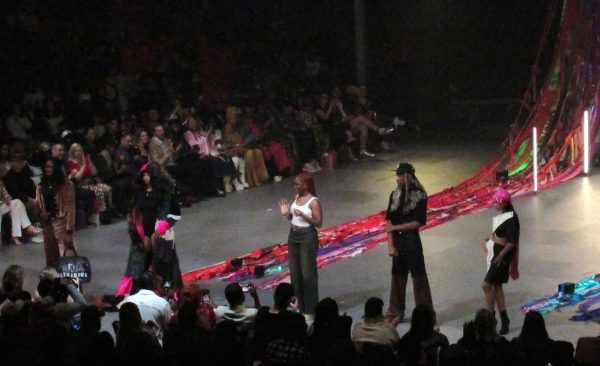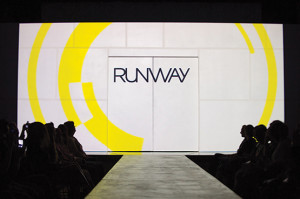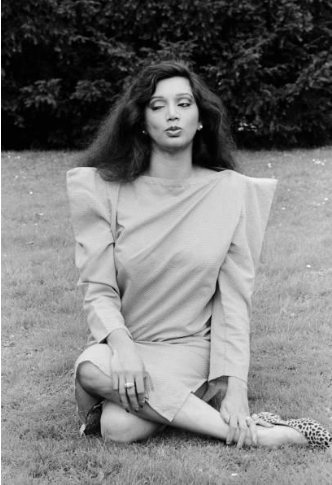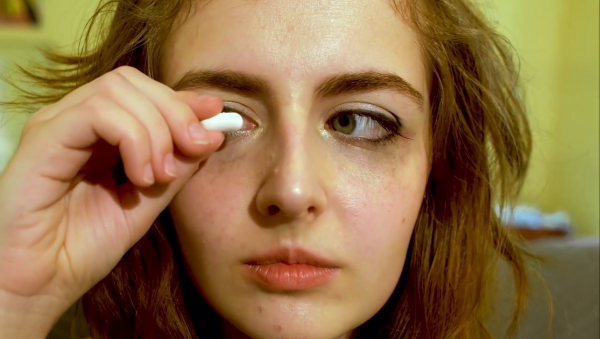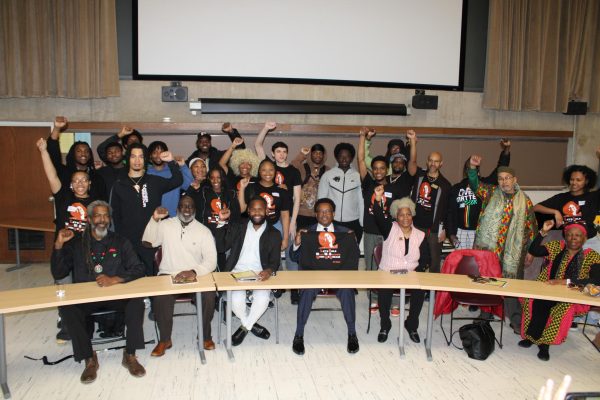Police surveillance holds officers, citizens accountable
“It’s my word against his.” It’s the defeated phrase that has crossed the lips of countless citizens who feel they have been wronged by authorities with no way to prove themselves.
Rapidly developing video technology has made it easier than ever for citizens to expose the actions of police officers. Cell phone cameras played a vital role in the narrative of the Occupy Wall Street movement, as citizen journalists captured hundreds of videos of police officers beating and pepper spraying nonviolent protesters. Websites like Liveleak.com have provided an outlet for citizens to submit their own footage of seemingly unjust police action.
According to the American Civil Liberties Union, “When in public spaces where you are lawfully present you have the right to photograph anything that is in plain view.” As long as one obeys all applicable laws, and are not legitimately interfering with police operations, they may record any law activity. This constitutional right allowed George Holliday to videotape and shed light on the 1991 act of police brutality against Rodney King.
It doesn’t always work out so well.
When SUNY Buffalo State professor of journalism Mike Niman saw an arrest being made on a public street in 2003 that he perceived to be unlawful, he began to photograph the situation.
Although he was not breaking any laws by doing so, the police assaulted him.
“While using excessive force, police don’t like to be photographed,” Niman said. “But what criminal likes to be photographed committing a crime?”
Niman’s footage ended up exonerating the subject he suspected was being arrested unlawfully in the first place. But was it worth being assaulted over?
Although police surveillance is essential to a working democracy, the responsibility of it shouldn’t fall on citizens.
Some police departments seem to have found the solution, or at least a step toward one, by issuing officers wearable body cameras that record police interactions from the viewpoint of the officer.
In February 2012, body cameras were introduced to the officers of the Rialto, CA police department. Half the officers were equipped with the cameras—which officers have the ability to turn on or off, with a 30-second delay—and, according to The New York Times, “the number of complaints filed against officers fell by 88 percent compared with the previous 12 months. Use of force by officers fell by almost 60 percent over the same period.”
What’s great about attaching cameras to officers is that it can weed out the kind of force practiced by frustrated bullies on a power trip from the kind of force necessary to catch perpetrators. While the use of force in Rialto dropped drastically after the officers were equipped with cameras, in every instance that remained, the officer chose to keep the camera on because they knew they were taking necessary action.
“I don’t think it’s complex behavioral psychology—it’s common sense,” Niman said about the numbers behind the use of body cameras. “If you know you’re being watched, you’re going to be on your best behavior.”
Rialto certainly isn’t the only place to start strapping their officers with cameras. They’ve been tried in cities like Seattle, Pittsburgh and Phoenix. And according to John Curr, Western Regional Director of the New York Civil Liberties Union, New York City is next in line to implement body cameras.
“It’s coming as a result of the controversial ‘stop-and-frisk’ policy and the general mindset that has stemmed from that,” Curr said.
As long as the NYPD is getting on board, why not Buffalo? Neither the Buffalo Police Department nor their union, the Buffalo Police Benevolent Association, have returned phone calls on the matter.
Police surveillance equipment is essential to a system of checks and balances in law enforcement. In the interest of fairness, the BPD should strongly consider following Rialto’s suit and extend their scope of surveillance to protect the innocent.
Email: [email protected]


